Venice Architecture Biennale 2014 report: Rem Koolhaas shines a spotlight on overlooked corners of the industry
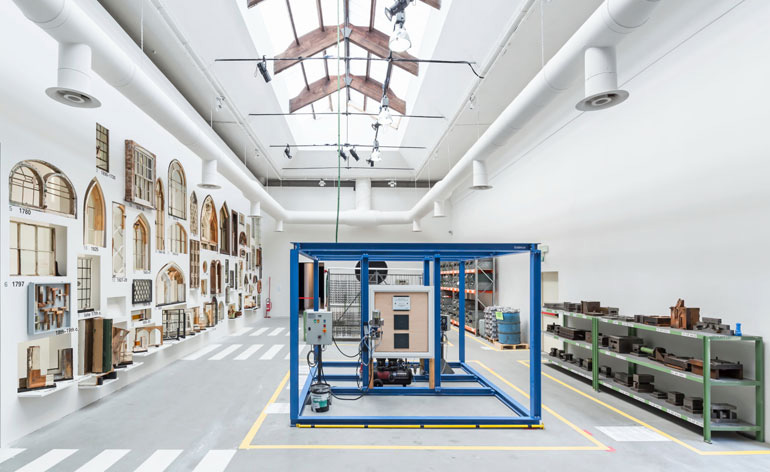
Jonathan Bell
From the first announcements back in 2013, it was clear this year's Venice Architecture Biennale would be different. Starting with the change in season, then a change in the exhibition format and of course a new curator - the influential Dutch architect Rem Koolhaas - everything seemed to point to the fact that, in 2014, the biannual celebration of architecture would offer a unique take on the industry zeitgeist. And it does.

Tour the highlights from the Venice Architecture Biennale
Delving into his overall theme of Fundamentals in architecture, Koolhaas, supported by his OMA/AMO team, looked after the biennale's two main events and set the pace for the national pavilions. Exploring issues of modernity in architecture, culture and society, this year's shows are a feast of research and analysis, craft and materials, dipping into archives around the globe for a hefty volume of information. They make for a must-see whistlestop tour of the past, present and future of the practice.
The Arsenale show, this year dubbed Monditalia, explores the biennale's host nation through the mediums of film, music, dance and theatre - taking into account the effects of modernity and the past century on Italy's social and urban development. A key element is the collaboration of the other biennales: cinema, dance, theatre and music. 'It is the first time they worked together,' says Ippolito Pestellini of Koolhaas' creative thinktank AMO. 'We tried to initiate a new format and it was a coordination challenge.'
Pestellini looks at the show as a 'scan' of Italy, from south to north, though it's not necessarily meant to provide answers. 'For me, it is a point of departure,' he says. Certainly the experience raises more questions as one progresses through the long, darkened halls of the Arsenale, beset by large-scale projections, collaborative dance, operatic performances and installations.
The central pavilion at the Giardini, by contrast, provides a contemplative experience. For this second of his curated areas, entitled Elements of Architecture, Koolhaas goes back to basics. 'Architecture is a profession trained to put things together,' he says, 'not take things apart.' So this is exactly what he does. Dismantling the art of building into its parts, Koolhaas dedicates each room to an element - floor, balcony, facade, wall, escalator, toilet, door, corridor, elevator, ramp, window, ceiling, roof, fireplace and stair. The results - like the Brooking Collection of architectural features in the 'window' room - are unusually exciting.
The global participants, spread across the Giardini and various locations in Venice, have responded to Koolhaas' theme in different ways, though some common threads are detectable. Archival and historical research remain a strong premise, dominating, for instance, the British, Belgian, Dutch, Brazilian, Greek, Swiss and Australian pavilions (the latter featuring an augmented reality format as it is waiting for its new physical space to complete, by Denton Corker Marshall). The idea of looking back is, after all, part of the theme.
This year stands out also for its inclusiveness, with 11 new participants, including New Zealand, Morocco and Turkey. Even Antarctica is represented, with a pavilion of experimental, built and unbuilt projects 'examining the provisional nature of architecture in Antarctica'.
Receive our daily digest of inspiration, escapism and design stories from around the world direct to your inbox.
An absence of more established architects in the main exhibitions is more than made up for in the national pavilions and the sheer number of collateral events - official and unofficial - that have sprung up across town. The substantial Time Space Existence exhibition, spread across two Venetian palazzi and curated by the Global Art Affairs Foundation, includes an impressive 100 architects, including Foster and Partners, AHMM, Eduardo Souto de Moura and Ricardo Bofill.
At the same time, the Fondazione Cini, on the island of San Giorgio Maggiore, does the opposite, focusing on one piece by a single artist: the Japanese photographer Hiroshi Sugimoto. Art has indeed crept into the architecture biennale in several places, blending ever more with design and the public realm. Genius Locci, a show by London's Lisson Gallery, examines this with a selection of sculpture and installation art by the likes of Ai Weiwei and Daniel Buren.
Ultimately, it is a biennale about history and information, with the sheer depth of research often threatening to overwhelm the casual visitor. Dozens of books are due to spin off the 2014 event, and some even speak of finding a permanent home for the fantastic displays in the central pavilion. If nothing else, Koolhaas's key achievement has been to take the spotlight off the stars and shine it on the overlooked corners of a global profession. Charting 100 years of societal upheaval is a tall order, but Koolhaas and his collaborators have made the 2014 Venice Biennale an important waypoint on modern architecture's ongoing journey.
Ellie Stathaki is the Architecture & Environment Director at Wallpaper*. She trained as an architect at the Aristotle University of Thessaloniki in Greece and studied architectural history at the Bartlett in London. Now an established journalist, she has been a member of the Wallpaper* team since 2006, visiting buildings across the globe and interviewing leading architects such as Tadao Ando and Rem Koolhaas. Ellie has also taken part in judging panels, moderated events, curated shows and contributed in books, such as The Contemporary House (Thames & Hudson, 2018), Glenn Sestig Architecture Diary (2020) and House London (2022).
-
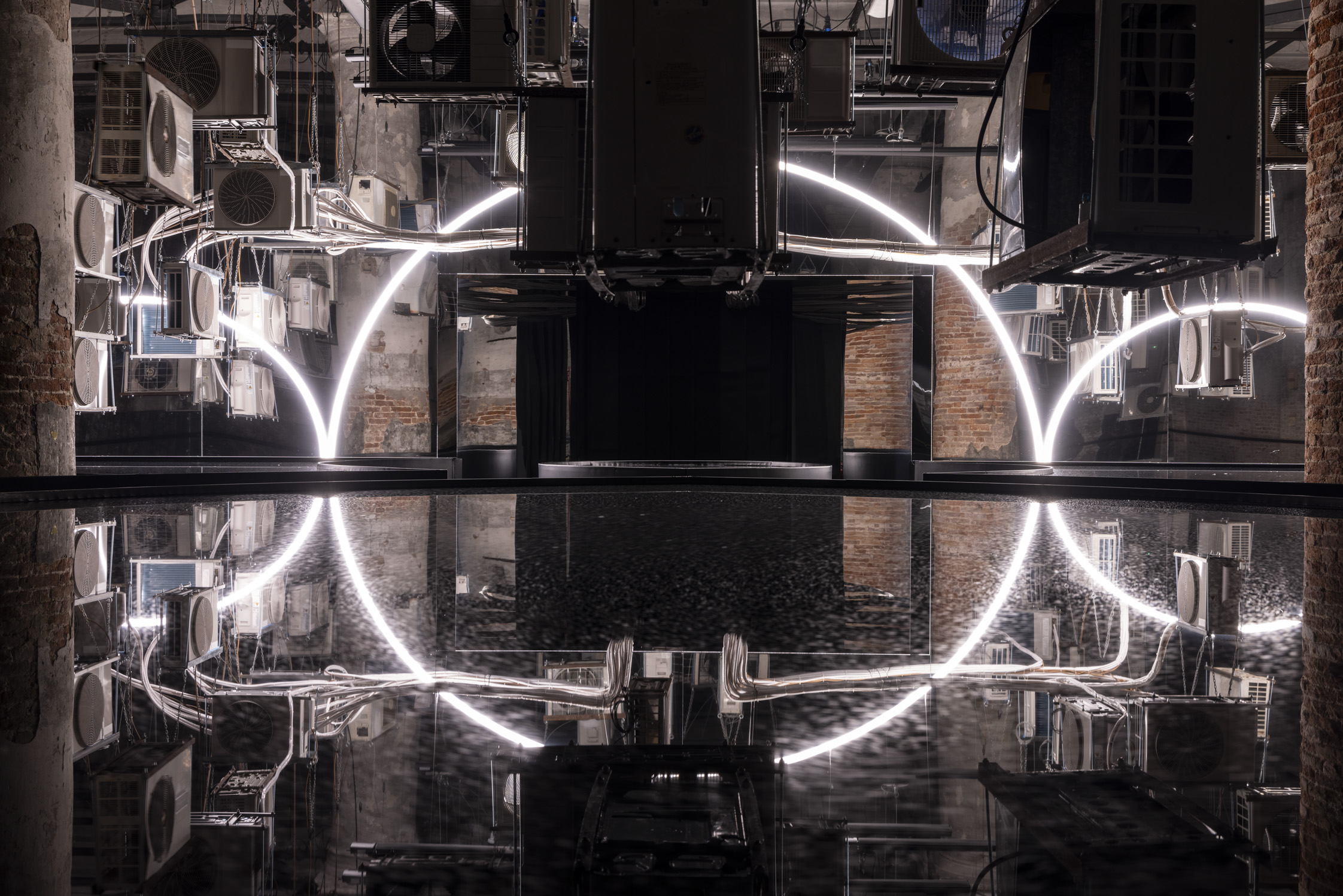 Carlo Ratti reflects on his bold Venice Architecture Biennale as it closes this weekend
Carlo Ratti reflects on his bold Venice Architecture Biennale as it closes this weekendThe Venice Architecture Biennale opens with excitement and fanfare every two years; as the 2025 edition draws to a close, we take stock with its curator Carlo Ratti and ask him, what next?
-
 From smart glasses to ‘empathy’ machines: what AI gadgets get right (and very wrong)
From smart glasses to ‘empathy’ machines: what AI gadgets get right (and very wrong)From furry friends to smart glasses, we test the latest AI gadgets promising to enhance your life
-
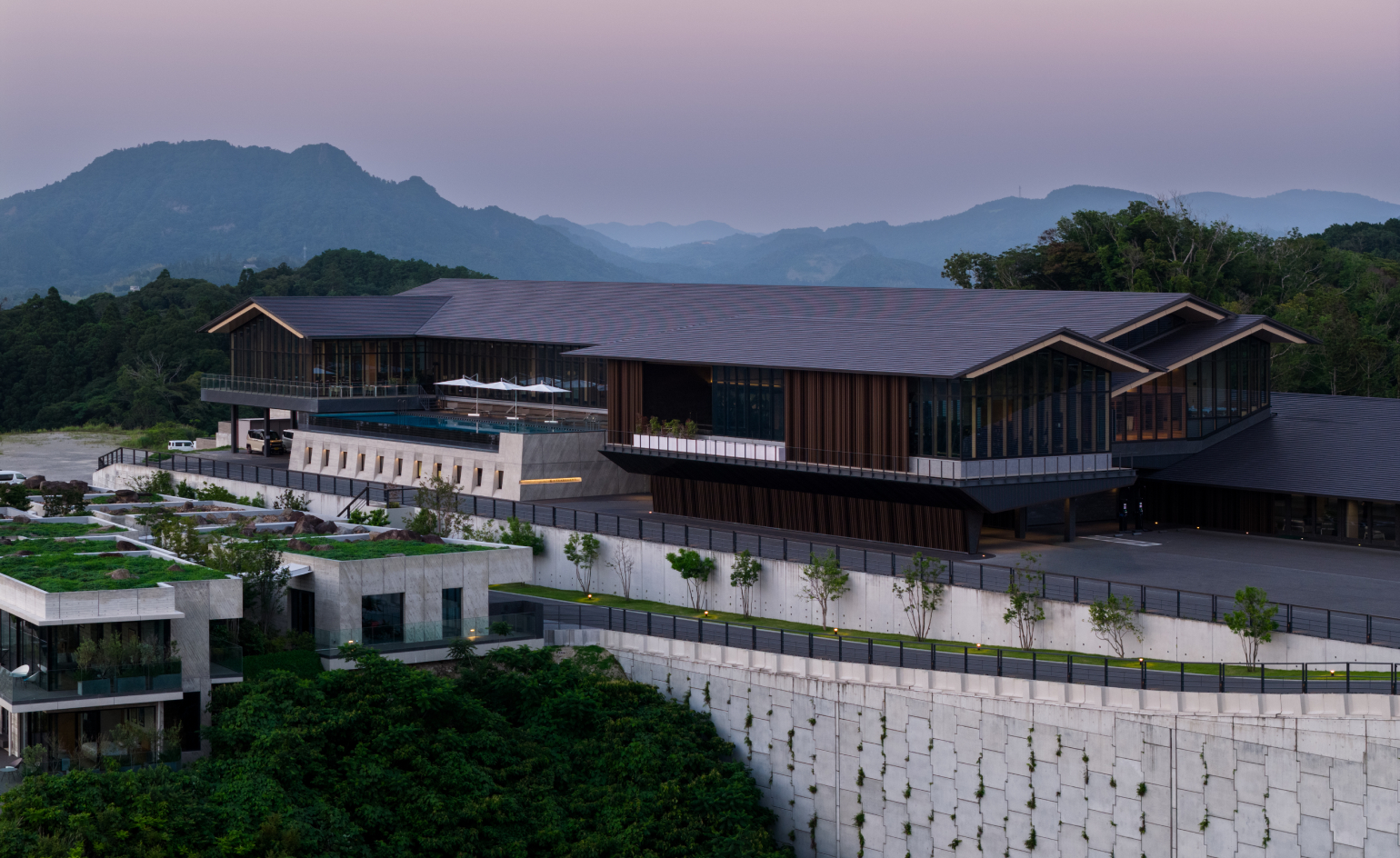 A cinematic members club’ rises in Japan’s forested hills
A cinematic members club’ rises in Japan’s forested hillsJoyce Wang Studio unveils The Magarigawa Club Clubhouse in Chiba
-
 Carlo Ratti reflects on his bold Venice Architecture Biennale as it closes this weekend
Carlo Ratti reflects on his bold Venice Architecture Biennale as it closes this weekendThe Venice Architecture Biennale opens with excitement and fanfare every two years; as the 2025 edition draws to a close, we take stock with its curator Carlo Ratti and ask him, what next?
-
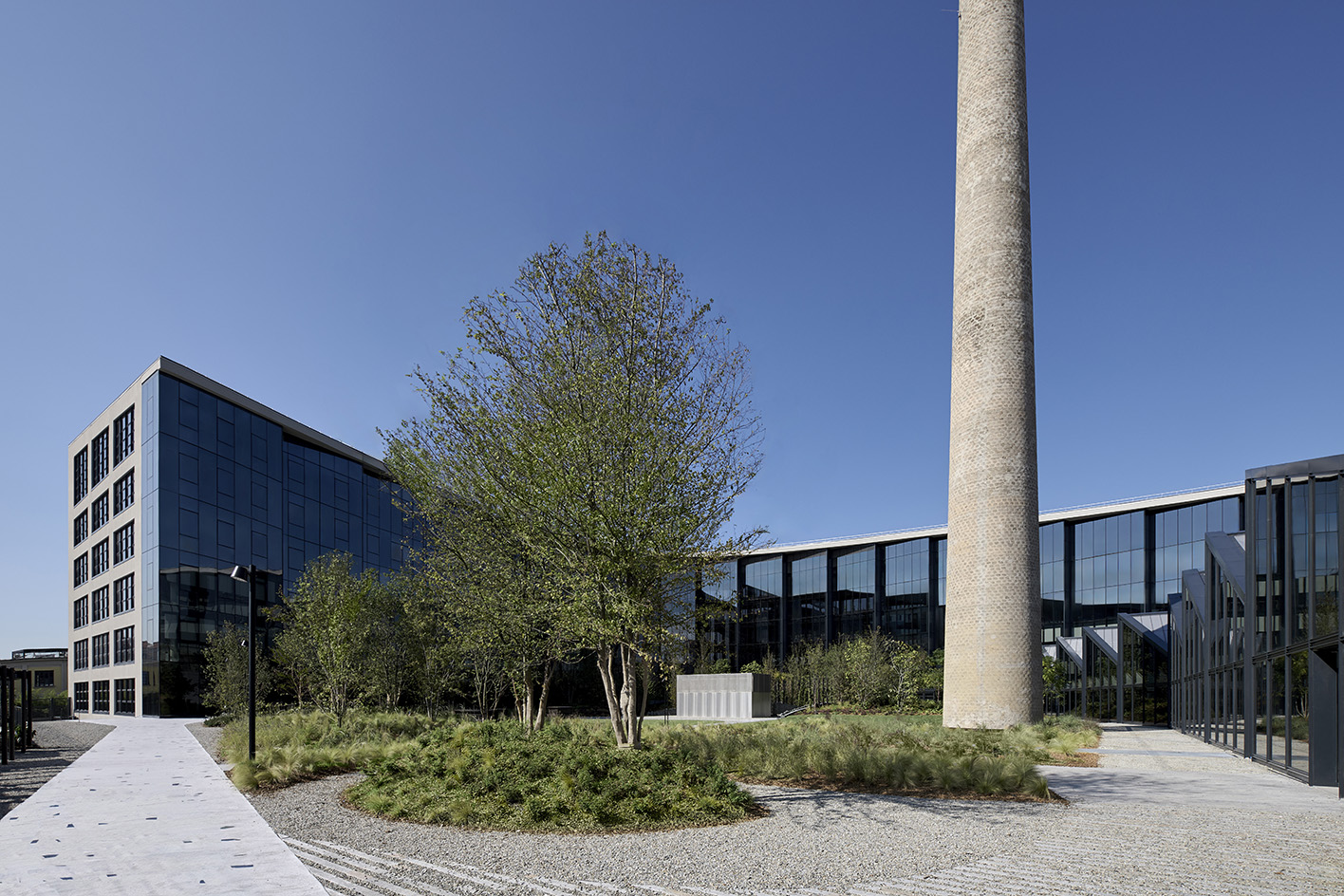 Step inside Casa Moncler, the brand’s sustainable and highly creative Milanese HQ
Step inside Casa Moncler, the brand’s sustainable and highly creative Milanese HQCasa Moncler opens its doors in a masterfully reimagined Milanese industrial site, blending modern minimalism and heritage, courtesy of ACPV Architects Antonio Citterio Patricia Viel
-
 Aldo Frattini Bivouac is a mountain shelter, but not as you know it
Aldo Frattini Bivouac is a mountain shelter, but not as you know itA new mountain shelter on the northern Italian pre-Alp region of Val Seriana, Aldo Frattini Bivouac is an experimental and aesthetically rich, compact piece of architecture
-
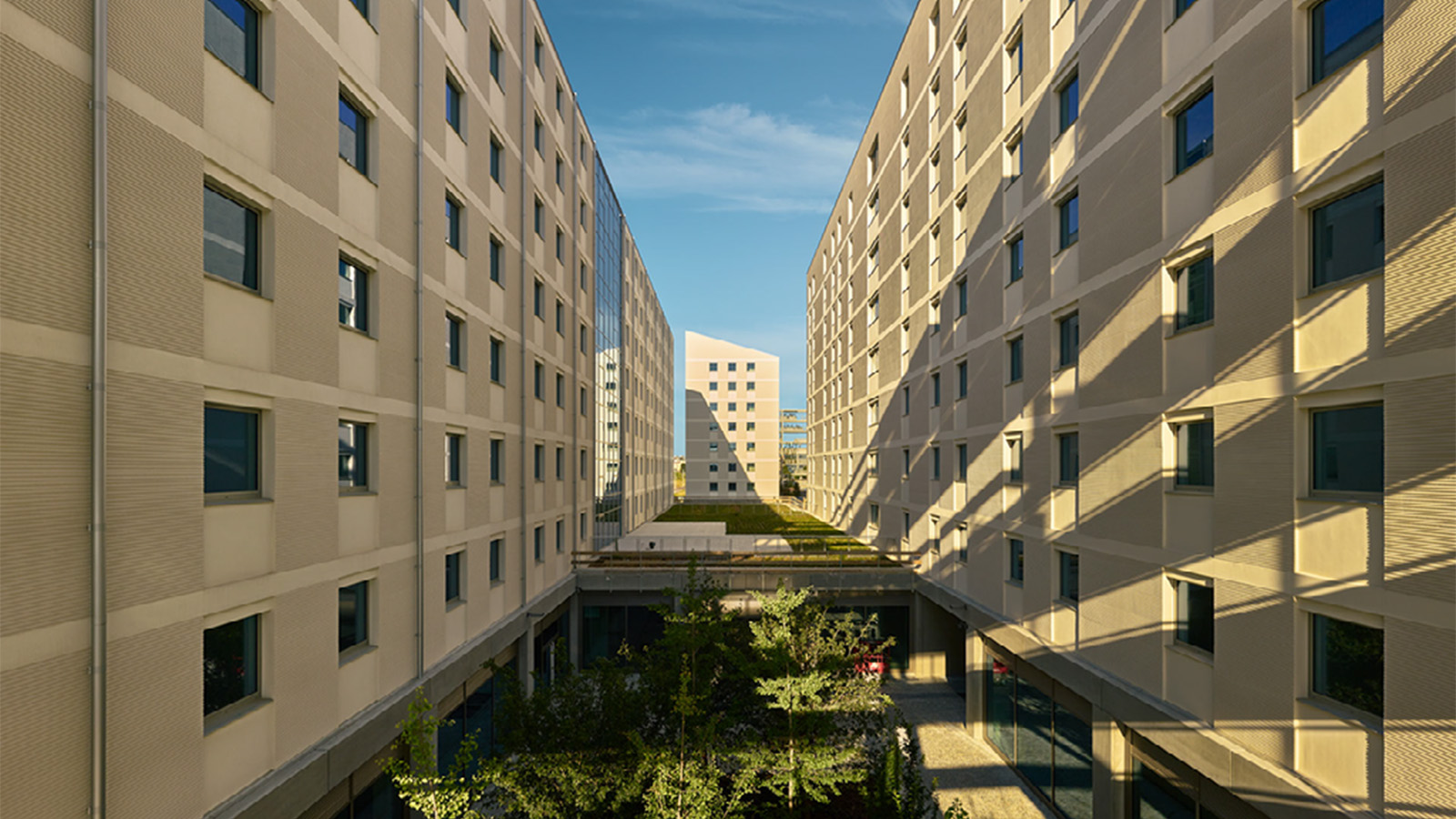 The 2026 Winter Olympics Village is complete. Take a look inside
The 2026 Winter Olympics Village is complete. Take a look insideAhead of the 2026 Winter Olympics, taking place in Milan in February, the new Olympic Village Plaza is set to be a bustling community hub, designed by Skidmore, Owings & Merrill
-
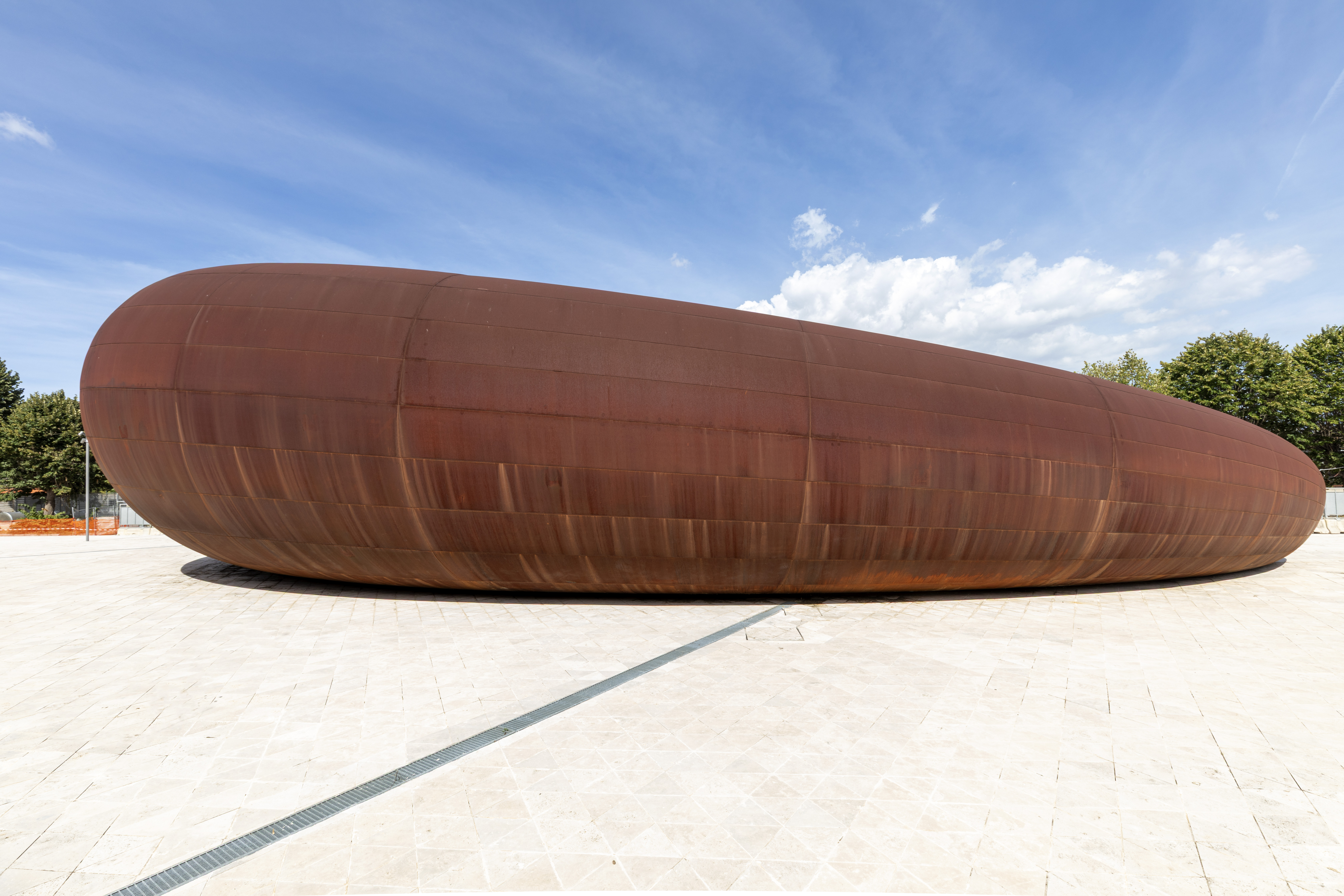 Anish Kapoor designs Naples station as a reflection of ‘what it really means to go underground’
Anish Kapoor designs Naples station as a reflection of ‘what it really means to go underground’A new Naples station by artist Anish Kapoor blends art and architecture, while creating an important piece of infrastructure for the southern Italian city
-
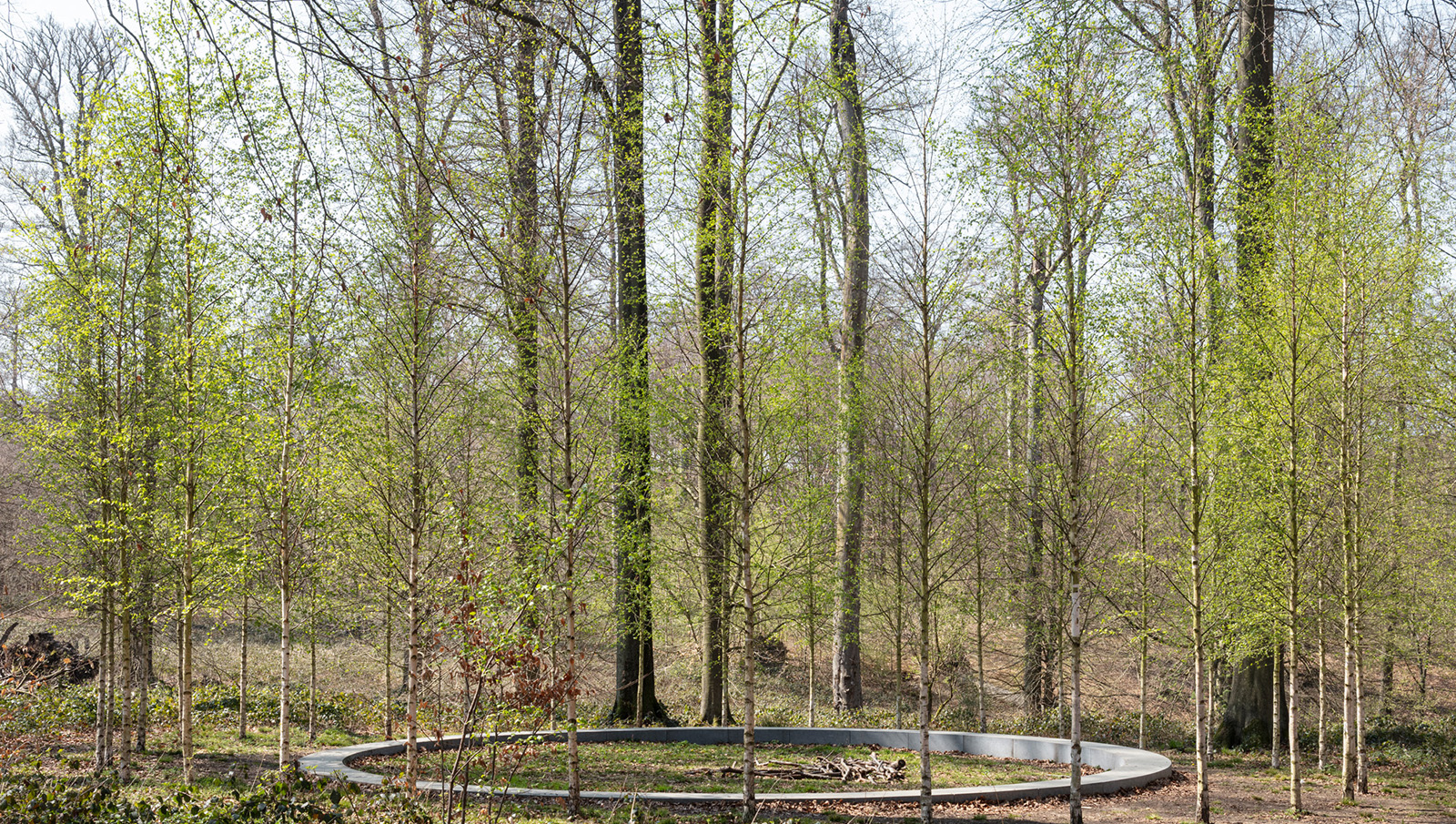 ‘Landscape architecture is the queen of science’: Emanuele Coccia in conversation with Bas Smets
‘Landscape architecture is the queen of science’: Emanuele Coccia in conversation with Bas SmetsItalian philosopher Emanuele Coccia meets Belgian landscape architect Bas Smets to discuss nature, cities and ‘biospheric thinking’
-
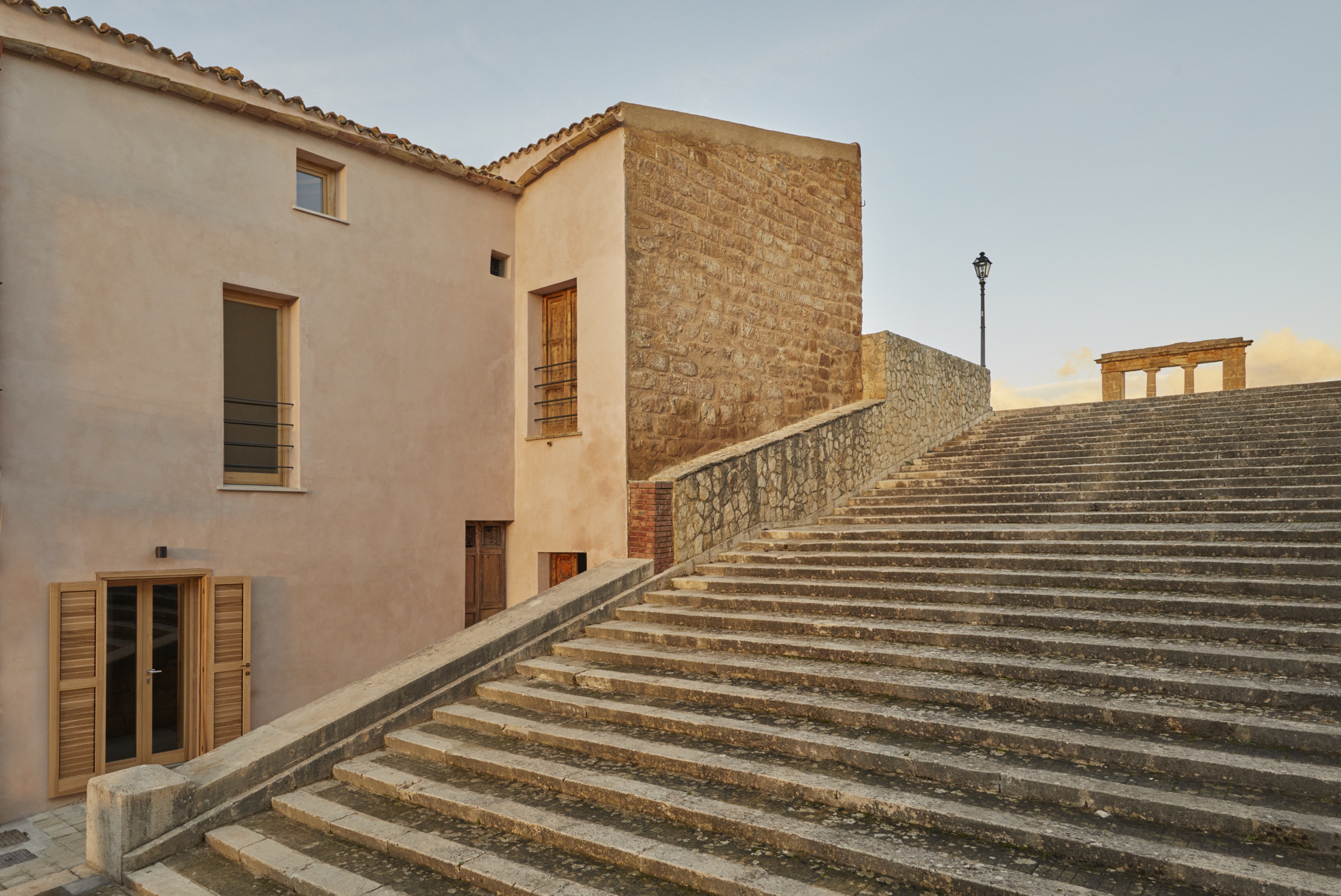 This historic Sicilian house cost one euro. Go inside its transformation
This historic Sicilian house cost one euro. Go inside its transformationPalermo-based firm Didea teamed up with AirBNB to reimagine the once-dilapidated property in vibrant colour blocks
-
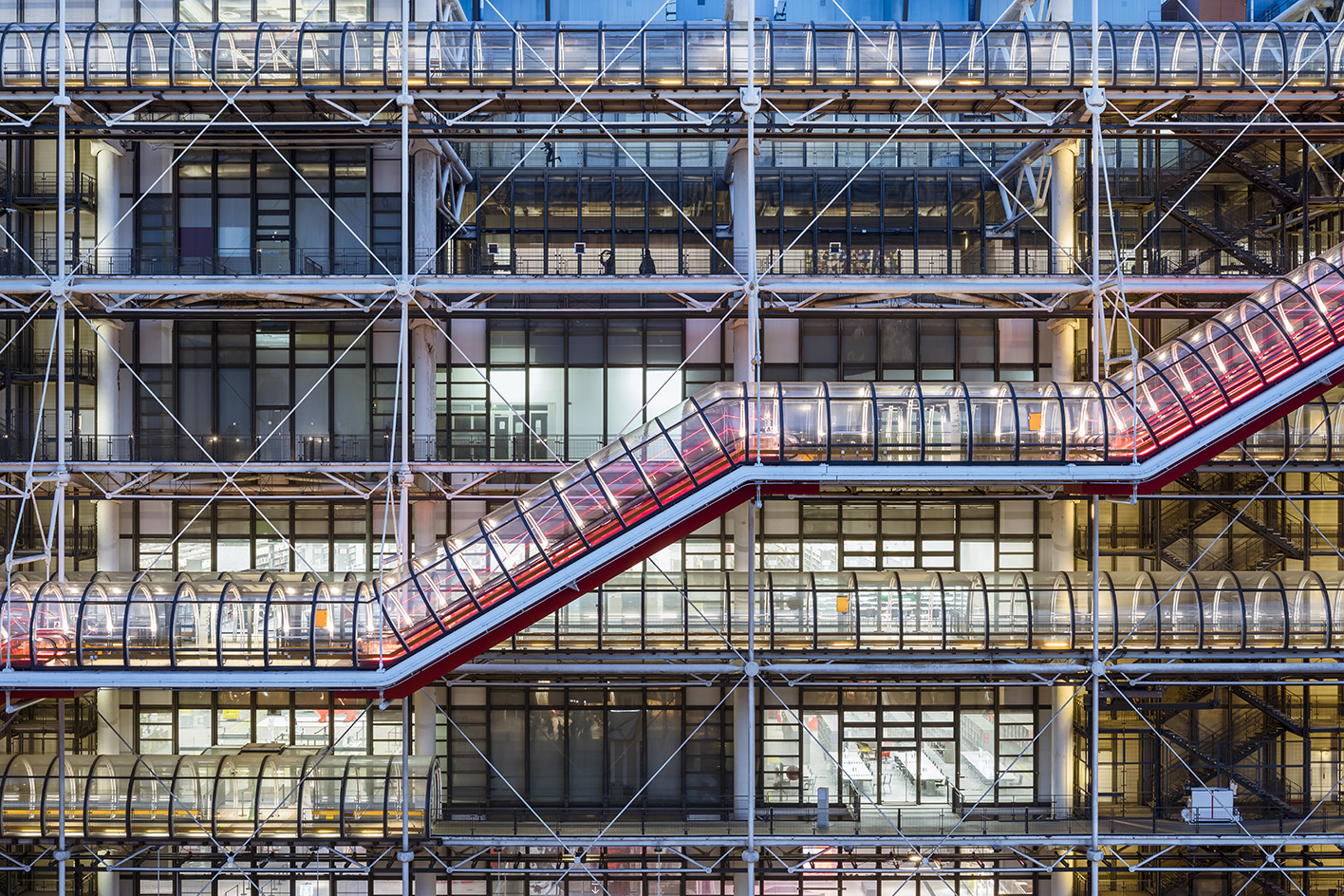 A guide to Renzo Piano’s magic touch for balancing scale and craft in architecture
A guide to Renzo Piano’s magic touch for balancing scale and craft in architectureProlific and innovative, Renzo Piano has earned a place among the 20th century's most important architects; we delve into his life and career in this ultimate guide to his work